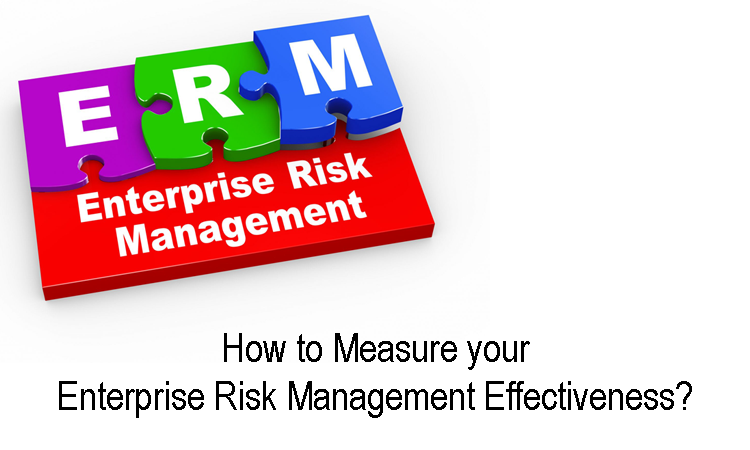
One of the most common questions asked in our industry is ‘How can we accurately measure your enterprise risk management effectiveness’?
Heard it too? Well, we are not surprised. It is one of the simplest questions to be asked and let us tell you, there is no simple answer. When you have so many different beams at work within and external to the company that determines the organisation’s goals – how would one plan to measure the success of enterprise risk management? At the end of the day, does it not depend upon the decisions the company’s management takes? Would such a risk management have a meaningful difference? Here are ways you can measure its effectiveness –
- Follow the right metrics: To understand the success of such a management system, you need to first note down the goals and then look at the right metrics to know if they’re being met. What could an objective be? Well, reducing performance variability to a level which aligns to the company’s reputations and the goals. An even better metric would be to update risk management capabilities continuously in the surrounding business environment. Keep a goal to achieve based to track an ‘early mover’ advantage and then look at the specific implantation to rate success.
- How would your business react to an unforeseen event? : It is one of the most common misses in the industry today. We tend to look at all that is green that we forget a potential risk. In case your company was to lose its biggest revenue source – a strategic perspective applied to operation risks focuses towards the entire value chain. The organisation’s readiness to such an event needs to be checked and focussed on at all times. The success measure would be to navigate through the unexpected loss and the routes to overcome it.
- Is ERM integrated in your core processes? : Unless it is integrated in your business, you’re not going to get great differences. A keen look at the company’s strategy setting, annual planning, budgeting or capital expenditure with ERM would be a must. Not only would it bring in more engagement from the right people, it would also intensify the success parameters and goals.
- Identify the risks at the right time: If your ERM is focussed on noticing the possible risks at the right stage and inform the key stakeholders about it – it would be the right to be followed and implemented. The way to measure success would be to look at the steps taken to rectify or address the risk detected. Early warning systems would use data analytics, stress testing and scenario analysis to monitor risks and assess the impact on performance.
- Improving the shareholder value: The most important goal for the board and rightly so too. A firm with an effective ERM should be able to acknowledge the capabilities and highlight them the right way. In case your company’s reputation grows because of the risk management – you should be able to show higher share valuations.
With these parameters, you should be able to determine if your enterprise risk management is effective and driven the right way. If you have been thinking of implementing such a management in your company or even check the effectiveness – we’d be happy to guide and help you achieve your goal.

 +91 9594449393
+91 9594449393 +1 4847906355
+1 4847906355 +63 9208320598
+63 9208320598 +44 1519470017
+44 1519470017 +84 908370948
+84 908370948 +7 9639173485
+7 9639173485 +62 81808037776
+62 81808037776 +90 5441016383
+90 5441016383 +66 993367171
+66 993367171 +254 725235855
+254 725235855 +256 707194495
+256 707194495 +46 700548490
+46 700548490


